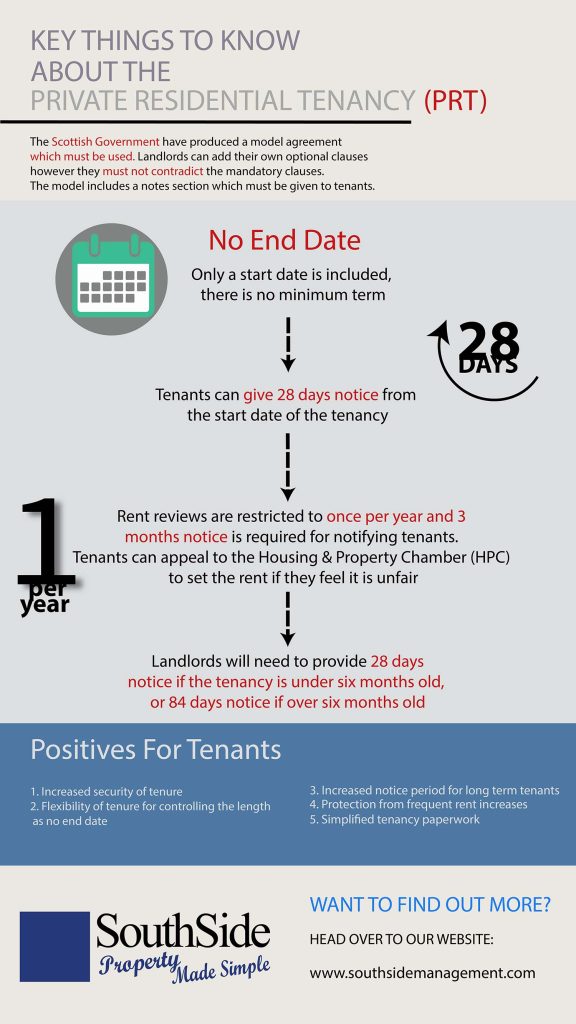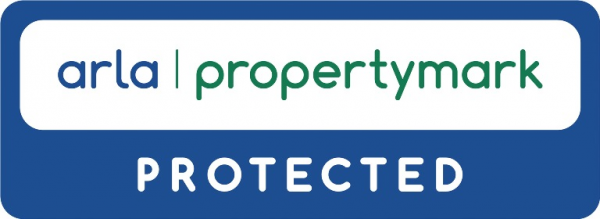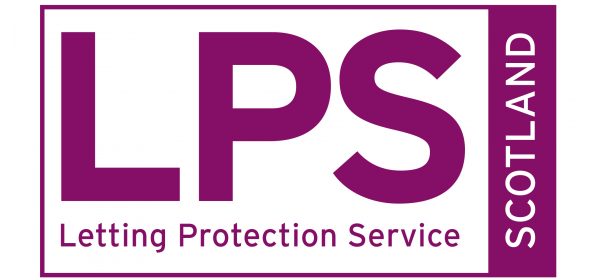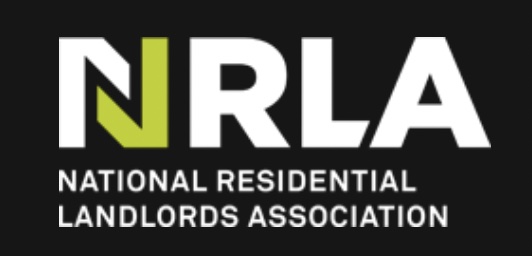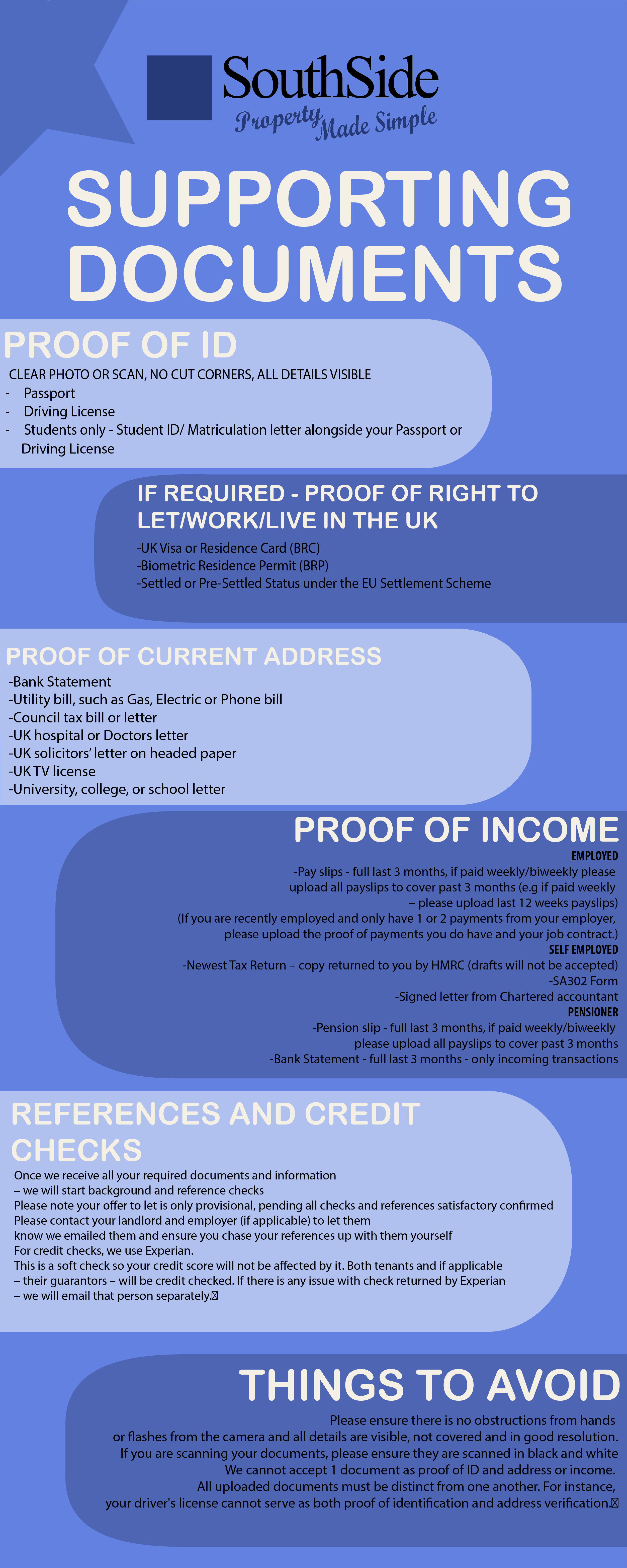Private Residential Tenancy
Landlord Information
Private Residential Tenancy
The Private Residential Tenancy was introduced in 2017, it replaces all Short Assured Tenancies from 1st December 2017 onwards. Below is a summary of the changes.
Short Assured Tenancy Versus Private Residential TenancyLandlords could draw upon tenancy agreement as long as included prescribed information, AT5 and Tenant /Information PackThe Scottish Government have produced a model agreement which must be used. Landlords can add their own optional clauses however they must not contradict the mandatory clauses. The model includes a notes section which must be given to tenants.
Private Residential Tenancy Vs Short Assured Tenancy
Short Assured Tenancy
Private Residential Tenancy
Start date
A start and end date must be included with a minimum term of 6 months
Only a start date is included, there is no minimum term
Rent reviews
Rent reviews can be given at any time as long as the tenants received 2 months notice in advance. Tenants can as the Private Rented Housing Panel to set the rent if they feel it is unfair
Rent reviews are restricted to once per year and 3 months notice is required for notifying tenants. Tenants can appeal to the Housing & Property Chamber (HPC) to set the rent if they feel it is unfair
Rent Pressure Zones (RPZ)
Rent Pressure Zones (RPZ) do not exist
Local councils can apply to the Scottish Government for a Rent Pressure Zone if they feel rents are rising too fast in a certain postcode. A Rent Pressure Zone will be put in place only in extreme circumstances where there is proof the rent increase is causing hardship on the tenants. Rent Pressure Zones will have a cap on rent increases but will allow at least 1% above CPI – There are currently no RPZs in Edinburgh
Ending a tenancy
Ending a tenancy requires 1 or 2 months notice in advance from the tenant and the end date cannot be before the end of the initial term (depends on notice period set out in lease). For landlords, notice must be served in line with the Ish date (anniversary date of the lease) and using a Section 33, Notice to Quit and sometimes an AT6. Landlords can end the tenancy using one of the 17 grounds. If the tenant does not leave by the date of notice issued landlords must apply to the sheriff court and pay the relevant fees for the eviction process.
Tenants can give 28 days notice from the start date of the tenancy, a single notice to leave form is required to be submitted. Landlord can end a tenancy by using one of the 18 Grounds (listed on back page) Landlords will need to give 28 days notice if the tenancy is under 6 months, if over it is 84 days however using grounds 10-15 where the tenant has breached the tenancy, no matter the length of tenancy it is just 28 days required. If the tenant doesnt leave by the end date of the notice period landlords will apply to the HPC and there is no charge for this service.
Positives for Landlords
- 1. Model tenancy agreement from Scottish Government
- 2. Simplified paperwork for regaining possession
- 3. No minimum term for tenancies
- 4. Standard paperwork for all notices such as rent increases
- 5. 28 days notice at any time for a breach of tenancy
Positives For Tenants
- 1. Increased security of tenure
- 2. Flexibility of tenure for controlling the length as no end date
- 3. Increased notice period for long term tenants
- 4. Protection from frequent rent increases
- 5. Simplified tenancy paperwork
SPM Strategy for Ensuring A Long-Term Tenancy
1. Finding the right tenant
We have an online application process. We are not first come first served and carry out reference and credit checks for all applicants. We asky why they are interested in the property and also how long they plan to rent for2. Setting an appropriate and fair rent
Setting an appropriate and fair rent – If your property is in line with the market rent you will tend to receive an average of 2 – 3 applications from suitable tenants who will likely stay longer in the property rather than move to something more affordable for the area
3. Ensuring the property is to a good quality standard
Tenants will be more likely to remain in a property that has modern furnishings and good standard of decoration, this will save on the maintenance costs for landlords also and the higher end of the market rent would be more achievable We believe that if you market your property at a fair rent and ensure the upkeep of the furnishings and décor that tenants will look to make your property their home for the long term and you are unlikely to have a high rate of tenancy changeovers. For HMO properties it is good to keep these to the highest possible standard as tenants can potentially give 28 days notice at the end of the academic term in May and there may be the opportunity to have short lets over the summer for a maximum of 90 days as per legislationKey Things To Know
